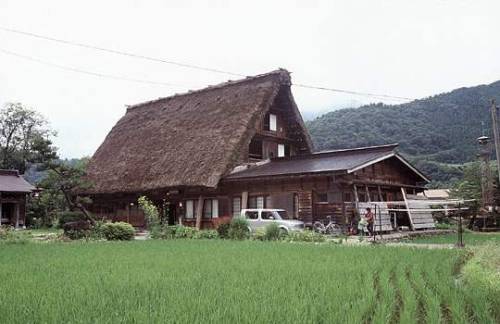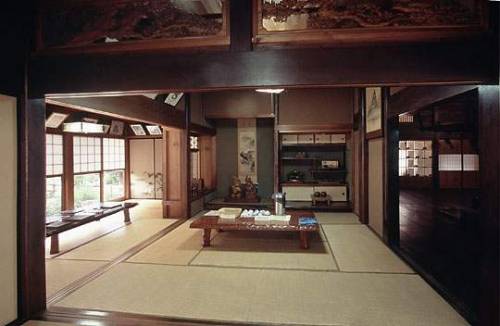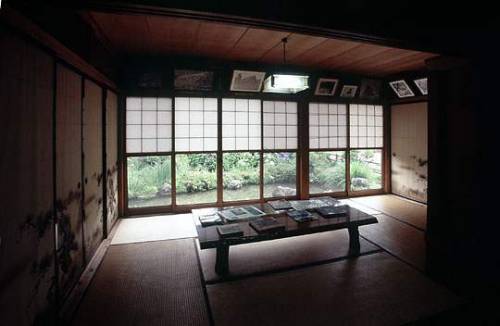#kanda house
Kanda House (built 19th century)
The Kanda family house is a typical “Gassho-zukuri” style house (a house built in the form of hands steepled in prayer). The house was established in the latter half of the Edo period by Wada Yaemon, the second son of the nearby Wada family (whose house is also a cultural treasure). At that time, the site of the present-day Kanda house was a rice field attached to Ubusuna Hachimangu Shrine. Accordingly, he changed his family name to “Kanda” (“Divine Rice Field”) in homage to the land’s former use. Subsequently, a house was constructed over a period of ten years by a master shrine carpenter from Ishikawa prefecture.
The upper stories of Gassho houses were commonly used for silkworm production, and Kanda house is no exception. The owners also made fuming nitric acid, an ingredient in the gunpowder of the time, as a commodity to trade for cash.
Post link






